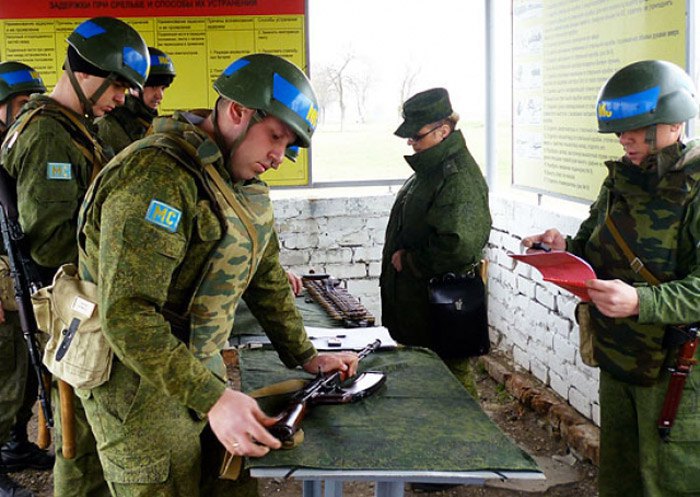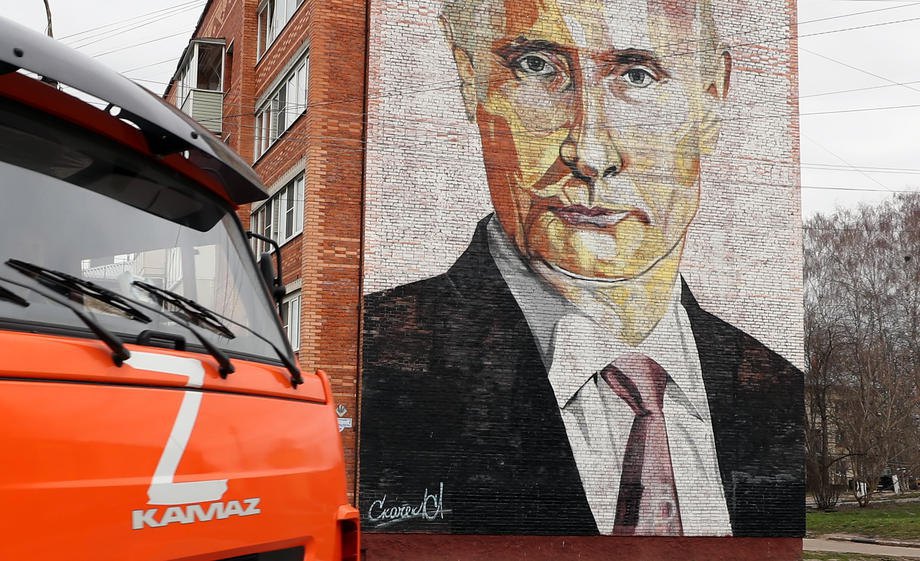
Ukraine's historical mistake
The conflict in Transnistria dates back to Gorbachev's time. Conflicts were then artificially provoked in most national republics: ethnic, national, linguistic, religious, and others.
Behind all this were the KGB and the party leadership, which at that time was actively cooperating with the State Security Committee. The KGB and some apparatchiks wanted to seize power in Moscow, and they told Gorbachev that the Soviet Union, which was already bursting at the seams, could be saved only by creating zones of instability in the republics.
Transnistria was no exception - the KGB provoked the conflict there very quickly: special services fueled extreme sentiment, raised the language issue in public, made several armed provocations, and then held a ‘russian autumn’ in support of separatist sentiments. Thus, finally, the armed conflict divided the country into several parts. We should not forget that Gagauz's autonomy was also formed in Moldova over time. All this is a forerunner to the wars in Georgia and Ukraine.
The active phase of the military confrontation in the region began during Yeltsin's presidency.
And this may seem unusual, because Chisinau actively supported the head of the russian federation during his confrontation with the leadership of the Union, in contrast to Tiraspol, which spoke in favor of the putschists (State Emergency Committee).
However, during the cadential of Yeltsin, a big confrontation began with the participation of russian military, as well as Moldova lost in Yeltsin’s time.

Moldova also lost because of Ukraine's position, which then listened more to Moscow's position and wanted to influence Chisinau, simultaneously earning money from unrecognized territories. This was although since the creation of the TMR it was led exclusively by representatives of russian secret services, as well as they conducted negotiations on behalf of the people of the region. And later, some of them successfully moved to work in the so-called ORDLO.
Kyiv has pursued this erroneous policy of flirting with separatists in uniform for a long time. And all this was the mistake of various Ukrainian leaders, who simply did not think that sooner or later russia would use Transnistria to destabilize and seize Ukraine.
Preparing for destabilization
The same russian special services are now preparing the ground for an attack on Moldova and Ukraine by so-called terrorist attacks in Transnistria. They have already blamed Kyiv for committing those attacks.
Geographically, the enclave is located near Odesa, and potentially from there russians can destabilize the situation in Bukovyna.

We do not know the plans of putin and russian secret services. I don't think they fully understand them in Chisinau either. At the same time, there is simple arithmetic.
There are between 1,500 and 1,700 russian servicemen in Transnistria who, despite all the agreements, do not want to leave Moldovan territory. These are two motorized infantry battalions and one liaison unit. These people, although standing there under the russian flag, have other passports: Moldovan, Ukrainian, Romanian.
Because the "peacemaking contingent" itself was formed from among the locals. They have nothing: no tanks, artillery, missile and air defense, aircraft, etc.
Obviously, this group cannot pose a significant threat to Ukrainian forces in the south. The russian-controlled Transnistrian army has 7,500 troops. The basis of this army is four motorized infantry brigades which are incomplete. They need significant replenishment and additional weapons. There are also artillery and anti-aircraft artillery regiments, special battalions, reconnaissance, tank, engineering and sapper, communications, and repair.
They have weapons but the old ones - BTR and BRDM-2, anti-tank guns and mortars, officially 18 T-64 tanks, and MLRS ‘Grad’.
In Transnistria, as in russian Belgorod region, a red level of the terrorist threat has been declared.
If we talk about russian region, where russian special services are also constantly arranging explosions and various types of provocations, the situation there is used for secret mobilization.
It can also be used in Transnistria, where it is potentially able to mobilize about 80,000 reservists. Another thing is that many people are now trying to leave Transnistria and flee away from a potential war into Moldovan-controlled territory.

These forces are smaller than those of Ukrainian units stationed in the Odesa region. Moscow can use the Transnistrian region for rear support, so that at the right moment, if, God forbid, russia succeeds in the south, they join its hostilities. However, this will lead to even greater problems for russians, who will have to somehow supply weapons and people to Transnistria.
How they can really use the TMR, it’s for sabotage operations, because russian special forces definitely are there.
However, this story with Transnistria also has another goal - Moldova. Because the most rational scenario so far is to transfer russian troops to Transnistria to attack Ukraine and/or Moldova.
Attack on Moldova
What is happening in Transnistria is directly related to the security situation in Moldova, which is well aware that Moscow is trying to seize Moldovan territory after Ukraine. The intensification of efforts in the Transnistrian region only confirms this.
It is important to emphasize that, despite gas dependence on russia, even though Chisinau refused to officially impose sanctions on russia, the Moldovan government has non-public supported Ukraine.
Behind the scenes, Chisinau has imposed economic restrictions on russian companies, imposed embargoes on supplies from russia where it could, banned russian aircraft from flying, and so on. Moreover, Moldova at the law level has forbidden the use of symbols of russian aggression - the letters "V" and "Z", as well as the ribbon of Saint George. This finally irritated kremlin, which went on the offensive.

Any destabilization campaign in Transnistria will threaten Moldova's national security. I can recall how during the hostilities in Ukraine, Secretary of State Blinken arrived in Chisinau, asking not to declare anti-russian policy, bearing in mind that the West does not want to open another front, already in Moldova. And this is an important point because Moscow really plans to create several areas of instability to disperse Western forces. And Ukraine itself.
Moscow will still use the potential of the Transnistrian conflict to destabilize the political situation in Moldova, where kremlin desperately needs to bring its puppets to power.
The game in Transnistria has begun. It can and should end in victory for Ukraine and Moldova. At the same time, we should understand that all enclaves on the territory of the former USSR will disappear only when Moscow loses.








